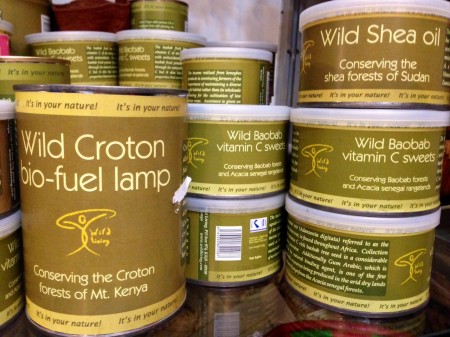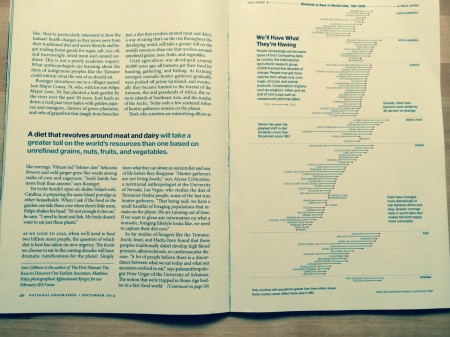Another report from one of our correspondents at the International Horticultural Congress in Brisbane, this on the symposium on Utilization of Plant Genetic Resources:
The full day symposium keynote by Dr Ehsan Dulloo of Bioversity International covered the broad topic of developing strategies for conserving plant genetic diversity. Individual presentations covered a wide range of topics and crops, including: roots/tubers (sweet potatoes, yams, cassava), aroids and breadfruit in the Pacific Islands; use of native species to restore costal landscapes impacted by cyclones in Fiji; conservation of wild temperate small fruit species such as Vaccinium in Canada (blueberries and cranberries); use of the underutilized tea tree (Melaleuca alternifolia) in Australia; conservation of mango landraces on-farm in India; characterizing the morphological and genetic diversity of baobab (Adansonia digitata) in Kenya; and the cryopreservation of clonal genetic material of apple, peach and nut trees (Juglans spp), among others. The common thread that ran though most of these presentations is that a lot of work still needs to be done to understand the genetic diversity that we have and the best way to conserve it (in situ & ex situ), such that it leads to optimal use of these important genetic resources.
There’s one more of these updates from IHC2014 in the pipeline, which we’ll probably put up tomorrow.

